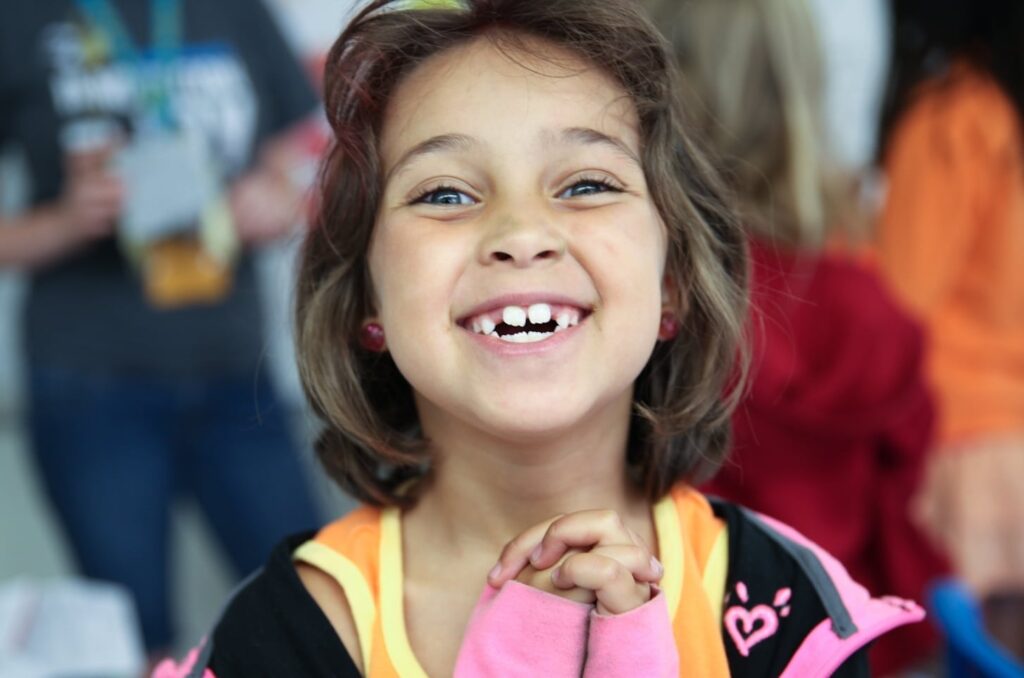Spring forward, fall back—we dread one and look forward to the other. That cyclic manipulation of daylight that illuminates our daily commute is an annual phenomenon to which we must adjust twice every year. Like jet lag, it can affect our mood, our energy level and our productivity during the necessary adjustment period. As adults, we know it’s coming and can take compensatory action, but what about our kids? Understanding how daylight savings time impacts kids can enable parents to help them adjust more comfortably, and also provides a great opportunity to explore the science behind the phenomenon.
THE HISTORICAL SIGNIFICANCE OF DAYLIGHT SAVINGS TIME
Daylight Savings Time (DST) was written into law in the U.S. one hundred years ago in 1918. Since then, the practice of manipulating our daylight hours has been somewhat controversial, as much due to the inconvenience as to questions about the precise benefits. This year we will “fall back” on November 4th, and here are some of the fundamentals of DST:
- The change always occurs at 2:00 am — The time change is scheduled at an hour when it will cause the least disruption since most of us are home in bed. A change at this hour has minimal impact on businesses, as most are closed and minimal disruption to transportation schedules, which are limited in the overnight hours.
- It extends daylight during the warm weather months — DST adds an extra hour of light to the end of the day from spring through summer into fall. Many appreciate this extra hour of time to spend outdoors with family and friends in the warmer weather and do not mind the added hour of darkness in the morning. Prior to 2007, DST ended in October, but to provide an extra hour of daylight for safer trick-or-treating, the date was moved to the first Sunday in November.
- Energy savings — An extra hour of daylight in the evening means less electricity used to light up our homes, thereby potentially creating small energy savings. We also use the twice-yearly time change as a marker for changing our smoke detector batteries, thus ensuring an energized early warning system all year round.
- Understanding DST — Kids will naturally be curious about the phenomenon. Helping very young kids understand this annual occurrence might be a challenge. Start with explaining what causes day and night. Grab some colored sidewalk chalk and head outside to create a human sundial. Talk about why shadows change throughout the day. Take an evening walk and explain in simple terms how adjusting the clock will change whether it is light or dark outside at a given time. Kids capable of conducting independent research might enjoy learning about DST through an online scavenger hunt.
WHAT DIFFERENCE DOES AN HOUR MAKE
Some of us are particularly vulnerable to disruptions to our normal sleep routine. Experts emphasize the importance of a regular sleep schedule for everyone, but especially for kids. Following a regular sleep schedule increases not only the amount of sleep but the quality of sleep, as well. Kids are generally more sensitive to sleep schedule disruptions than adults, says Daniel Lewin, Ph.D., sleep psychologist and associate director of Sleep Medicine at the Children’s National Health System, “The loss of just one hour can really affect a child’s attention span, appetite, and overall mood.” And since bedtime can be a battle for some kids anyway, being proactive around the time change is a good idea. Here are some simple ways to mitigate the disruption:
Plan ahead and adjust accordingly — Dr. Lewin suggests moving kids’ bedtime 15 minutes earlier each night for four nights ahead of the fall time-change weekend so the one hour change does not cause a disruption. If consistency is maintained, he says kids will adjust in one to three days.
Early to bed, early to rise — If incrementally adjusting kids’ bedtimes a bit earlier each night, don’t forget to wake them a bit earlier as well. Open curtains or shades to expose kids to natural light; this will help to reset their circadian rhythm.
Stick to the bedtime routine — A relaxing bedtime routine that helps us wind down from the day is important for both kids and adults. Being mindful of everyone’s bedtime routine during the days before and after the time change can lessen its impact on our good night’s rest.
Wait it out — If worse comes to worst, even without preemptive action from parents, kids will eventually adjust to the time change. Be cheerful, firm and empathetic, and they should adapt within a week or so. Research conducted in Europe, where they share similar DST practices, indicates that even in the spring when the time change means a net loss of sleep, there was no statistically significant effect on elementary kids’ performance in reading, math and science.

HELPING KIDS ADJUST AND ADAPT
As part of a healthy, balanced lifestyle, we must prioritize sleep, since it’s while we are sleeping that the brain consolidates what we’ve learned during the day. The twice-yearly time change impacts all of us. When parents emphasize and model healthy sleep habits, they set a positive example that kids can follow. For kids who are particularly susceptible to sleep disruptions, parents can take simple actions to help them adjust and to take the edge off the effects of sleep loss associated with this annual phenomenon.
For an opportunity to challenge kids’ curiosity about natural phenomena and those manipulated by people, check out the innovation camps in your area: San Francisco, Southern California, and Chicagoland. Sign up for our mailing list to keep up-to-date on our camp happenings and innovation resources.



